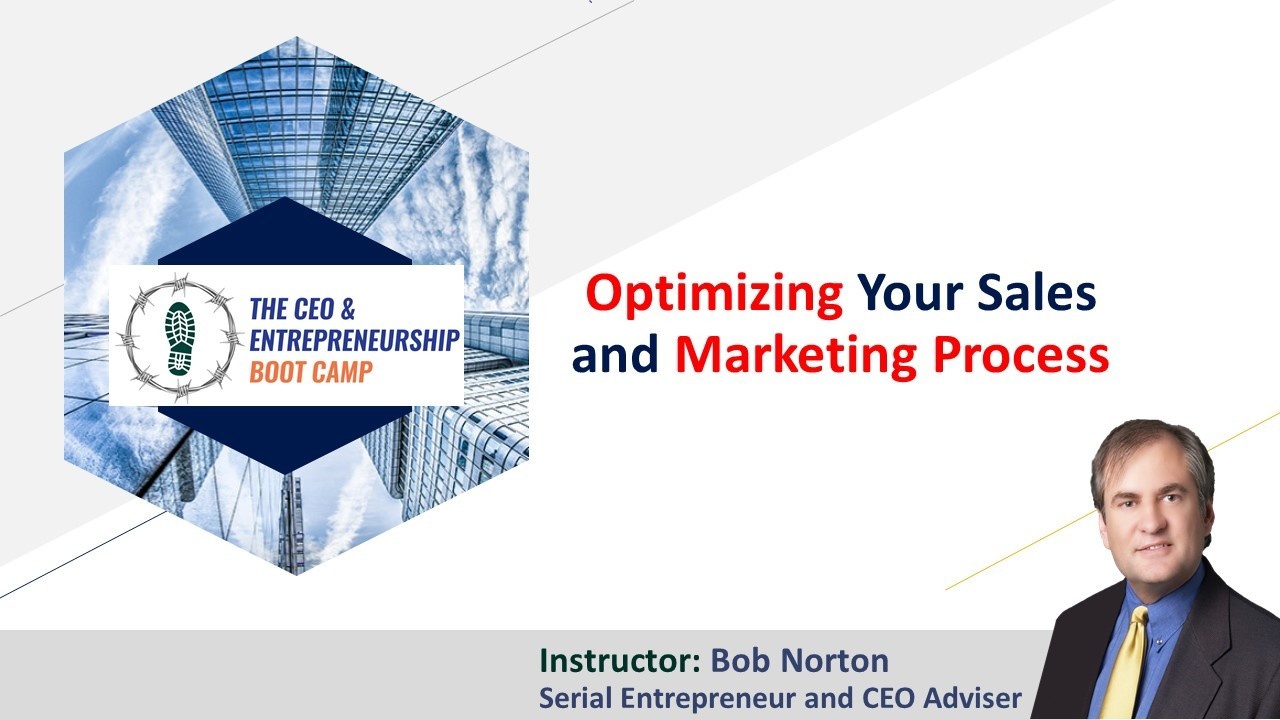How Do You Run A Start-Up Differently Than Other Companies?

A Perfect Metaphor For A Startup
I use many airplane and military metaphors, not because I was ever in the military, though I am a pilot, but because there are so many special-purpose planes that can be used to show an exact point or purpose just like a market niche. One of the best models I have seen on how to run a start-up was the development of the SR-71 spy plane by Lockheed’s skunkworks. The SR-71 spy plane was so far ahead of its time, that 30 years after its initial design and development, it was still the fastest plane on the planet. The development of the plane is a great metaphor for a startup company, and the management methods used should be examined by every startup executive as an example of product design and development on minimum resources that yield maximum results. The plane itself is also a great metaphor for a startup company, as you will see below.
The Skunkworks group’s methods and results are a classic example of what can be done...
The 16 Best and Most Revealing Interview Questions Ever

These questions are in no particular order, as they should be customized to the particular position and person. You want to mix up the tougher ones with more social, calming questions, so people do not feel they are getting the first degree.
Always do your questions first and theirs second, by saying upfront you have some questions first and then will answer any questions they have later. This way they cannot sell specifically to your needs. You are in charge and should control the first interview completely. Only after they have proven that they are a viable candidate should you start revealing potentially sensitive company information. If this person is not a good candidate, you can terminate the interview early and save everyone time. Real candidates will need and deserve this sensitive information, but you would not want this to be generally available. Good candidates will often try to control the flow of the interview and learn more early. You...
The Risk Assessment Landscape Map

A Method For Evaluating And Managing the Risks of A Business
Too often, managers focus solely on the probability of a risk or problem happening and ignore far more important factors such as the cost of failure and the ability to actively manage each risk as more is learned. To properly manage, business risks must be evaluated and monitored constantly. Steps can usually be taken to adjust the three main risk factors before and during any project.
The three main factors that should be evaluated and tracked are
1) The cost of a failure,
2) The probability of a failure, and most importantly
3) The controllability, or ability to manage, the risk.
Each of these factors must be taken into account to properly manage any risk at the beginning of any project and each time major new pieces of information become available that impact those risks. Because human beings tend to be able to think in only three physical dimensions in addition to time, it is significant to clearly communicate to...
The Most Common Executive Hiring Mistake Made Today

With unemployment levels high today, many people are focusing on specific industry and domain experience with the idea that a large pool of candidates means they can write a very detailed list of experience and still get good candidates. This tends to create a process that ignores the overall quality and ability of the candidates in favor of a simple checklist of very specific experience. A person's broad experience, attitude, abilities, intelligence, work ethic, and other factors are much more important by a factor of ten for most managers and senior executives. The truth is that a high-quality executive can learn a new industry very quickly from the existing management team, but a lower quality executive with specific domain experience may NEVER become a high-quality executive! Which do you prefer, a high-quality executive or a short learning curve? Sure there are positions where 10 years of industry or domain experience will help, because of experience, contacts, and...
Leadership Lessons for Emerging Growth Companies

Adjusting Your Management Style To Your Company's Stage, A miniseries on practical leadership focus for start-ups and emerging growth company senior executives.
This series will explore how leadership focus and skills must evolve as a company grows from a raw startup to an expansion stage, successful enterprise. Most seminars, texts, and articles talk about leadership generically as if it had the same requirements in all situations. It does not, and in fact, the key elements of success at each stage of a company's development are always very different.
Leadership is a skill that is hard to develop, but usually easy to recognize. It is an ability some are born with, but it also is one that anyone can develop with some guidance and practice. Usually, you need the outside perspective of someone without any agenda or bias to improve. We all are unaware of things about ourselves that everyone else is aware of. These things must be identified and improved to be a successful...
Is Your Annual Strategic Planning Process Done?

Strategic Planning - Not Just For Fortune 2000 Companies
Generally, if you have more than about a dozen people in your company, you need to have an annual strategic planning process. With a small management team of three or four people, it is not very difficult, and will likely go quickly because you discuss these things daily. The trick is to look at the longer-term (at least a year out, preferably three years) in the context of a 3 to 5 year vision for the company. As the company gets bigger, the time invested will get bigger too, but either way, it will pay big dividends and needs to be done.
I recently attended a leadership seminar doing research to add a Leadership segment to our CEO & Entrepreneurship Boot Camp. This instructor said that at a recent corporate training with about thirty people from the same company, including the CEO. The instructor simply asked who understood the goals of the corporation for the coming year. Only...
Six Ways To Grow Your Business

Jay Abrams, an excellent marketing guru, and the speaker says there are only three ways to grow your business:
1) More customers,
2) Higher average sales/revenue per customer and
3) A higher purchase frequency from your customers.
Although this is a great model to divide and attack the problem, it is more classified into categories of ways than actual ways to grow your company. Luckily, we can come up with hundreds of ways to grow a business, and the tough part is deciding where to put your efforts. One theory is that with ever-growing sales and marketing costs, it is usually easier to get more revenue from existing customers than to find new customers. Yet, most businesses put more time and effort into customer acquisition than retention and upselling (#2 and #3). This varies greatly from business to business and is a function of the actual acquisition costs of a customer, what else they might need when they need your product, and many other factors.
...
The Messaging And Communications Pyramid

Roadmap To Your Vision
all It "Brand", call it "Marketing", call it your focus, niche, USP, passion, core value-added -- or whatever you want, but today you need all these things to build a successful company.

FOR EARLY-STAGE COMPANIES
Before you start selling,
before you talk to a single capital source seriously,
before you will raise any money
you NEED ALL of the above things (at least in iteration #1 or #2).
This is not as hard as it sounds if you have help from others with the right expertise. In fact, it can be done in a week or two in most case if you have already done you market research.
Therefore, you need some time and energy from all 5 key skill sets of business development and launch. This can be an expert in each area with management experience or a CEO level person with high-level experience in managing all these disciplines. Each piece must go through several iterations and be backed up with solid market research that includes conversations...
Developing A Market Entry Strategy

Using Competitive Landscape Maps as a Positioning Tool
Developing a Competitive Landscape Map ("CLM") is a very important early step in developing your market entry strategy and getting other people to understand it. There may be several of these maps (see samples below) charting different market variables that are significant to customers in that market. There should almost always be one that uses quality and price as the X and Y-axis. Additional maps will look at other key dimensions, significant in that space to customers, or dimensions may be major product differences. Sufficient competitive intelligence should be done on each potential competitor to understand its size/resources, current market position, sales strategy, target markets, and other factors specific to the industry. On initial market entry, it is always best to position yourself where no one else already is on this map. When you do this you are not selling head-to-head on day one while you are weakest. This would...
Optimizing Your Sales and Marketing Process

How to Increase Sales Without Spending More
Ask marketing people what a company should do to increase sales, and most of them will probably say that you've got to spend more money on advertising. Or they'll come up with equally expensive, complicated strategies that they think will capture new prospects. However, the reality is that very few companies obtain really good conversion results from prospect names they have already generated. Most of those leads go to waste. The conclusion is inescapable: the route to dramatically improved sales is properly optimizing your marketing and sales process.
What usually happens within a company is that the marketing folks generate the leads and then a bunch of names is somehow handed over to sales. This process is problematic because it implies some sort of magical transition from marketing on the one hand to sales on the other. There must be a combination of sales and marketing directed at everyone in your prospect funnel. On a...


